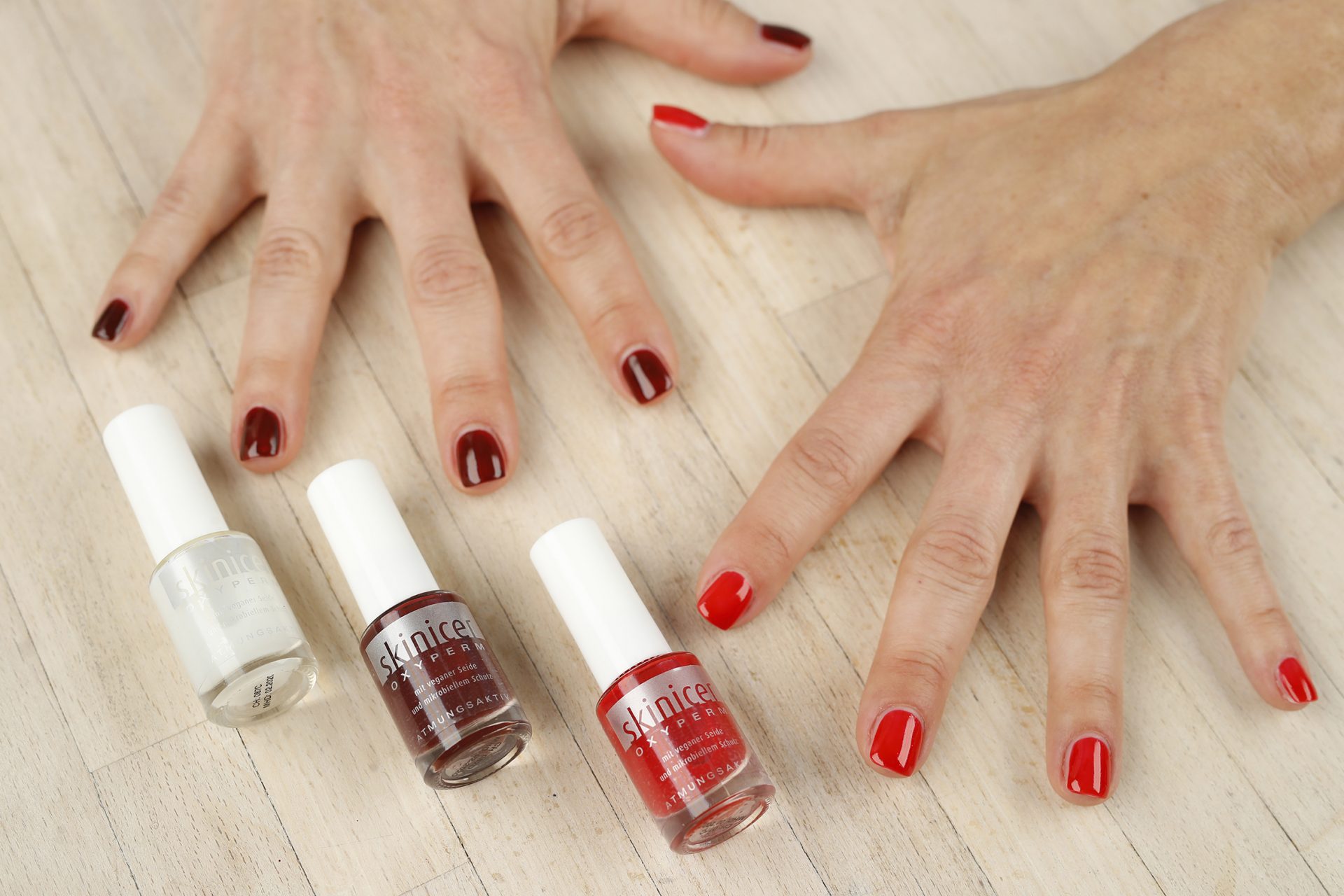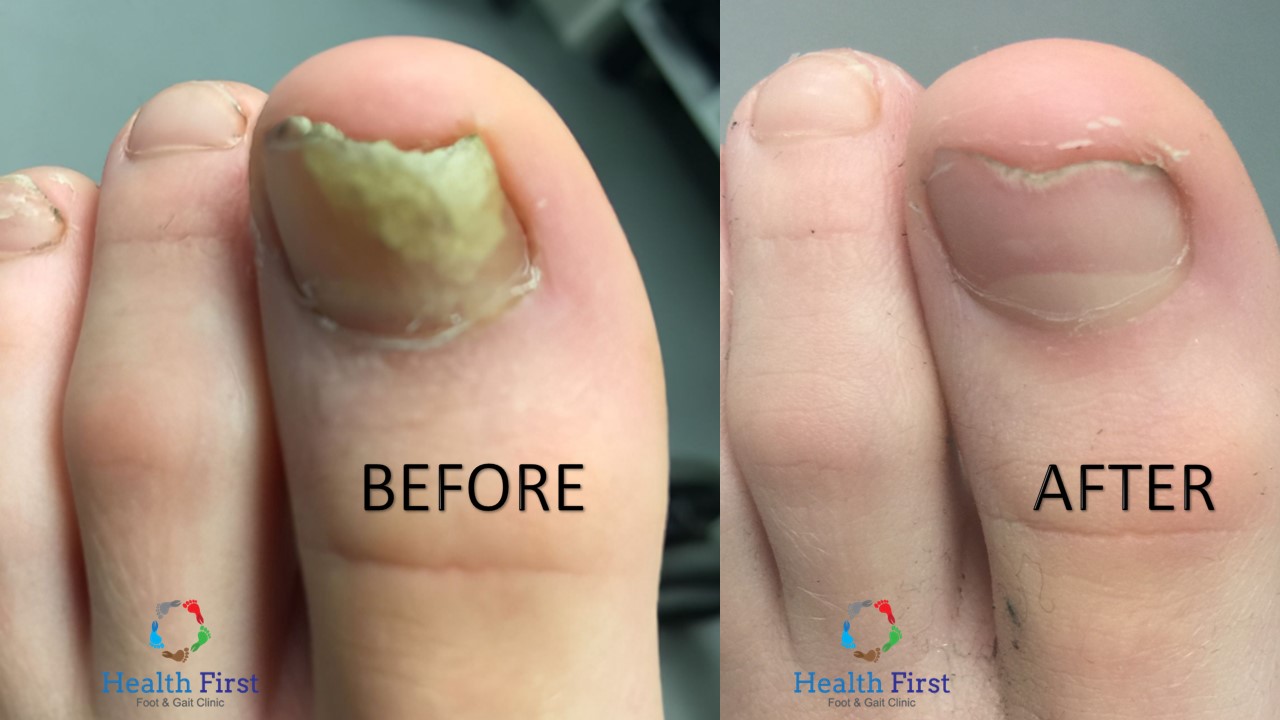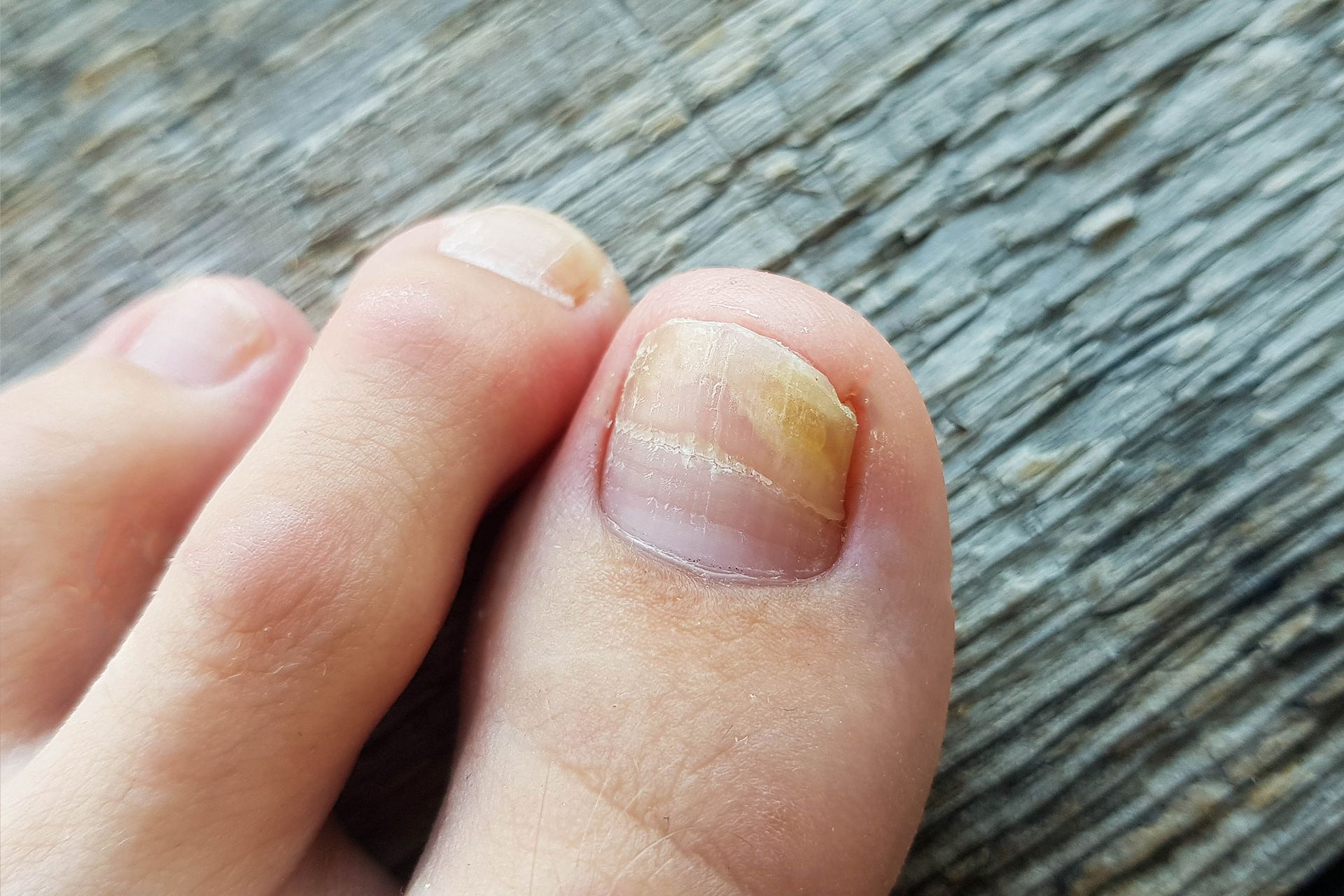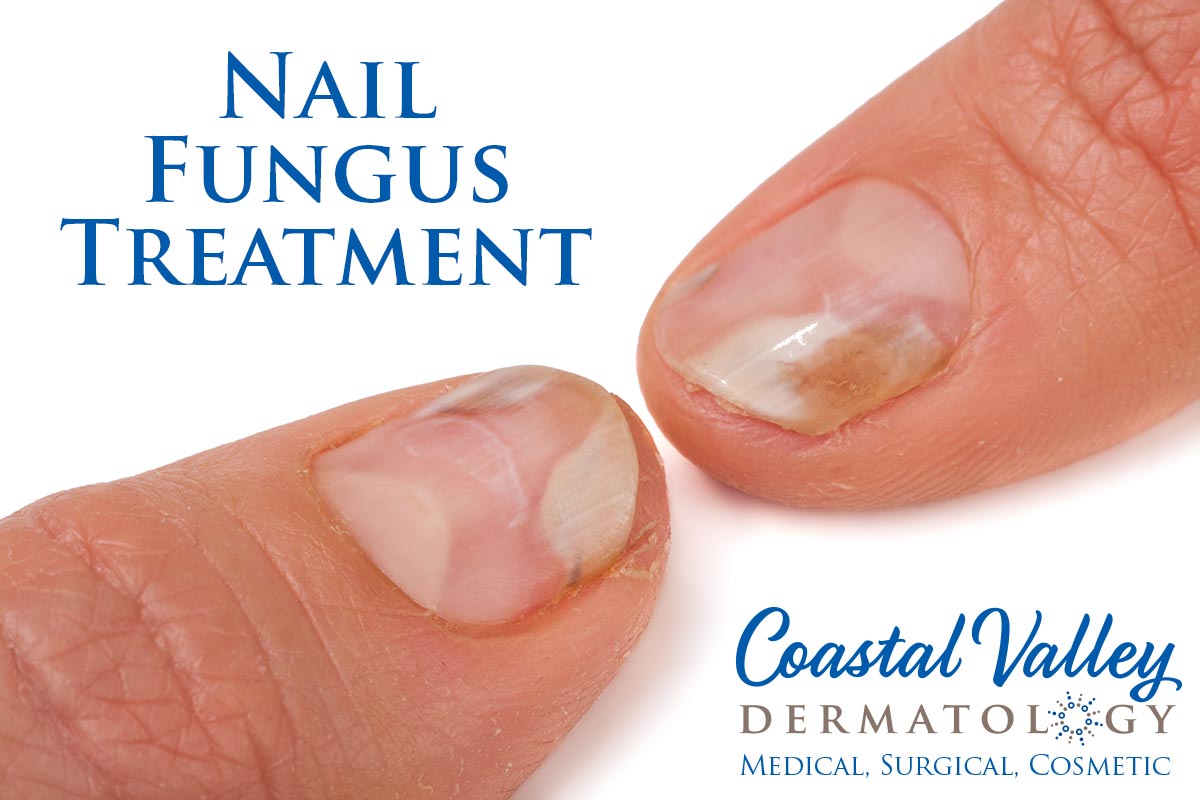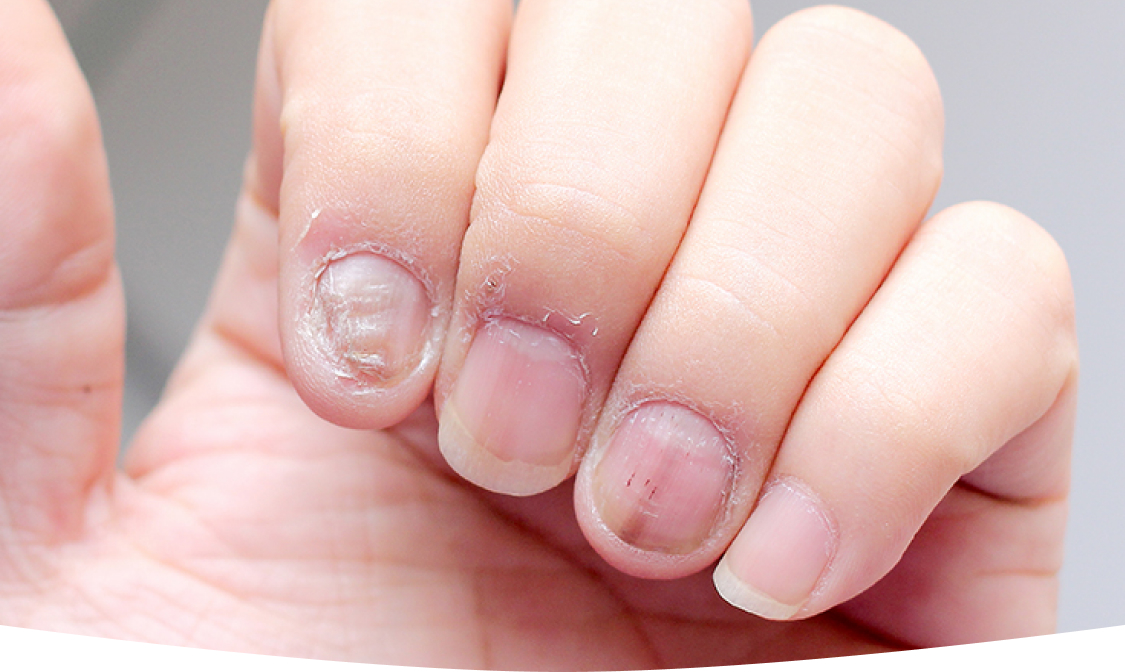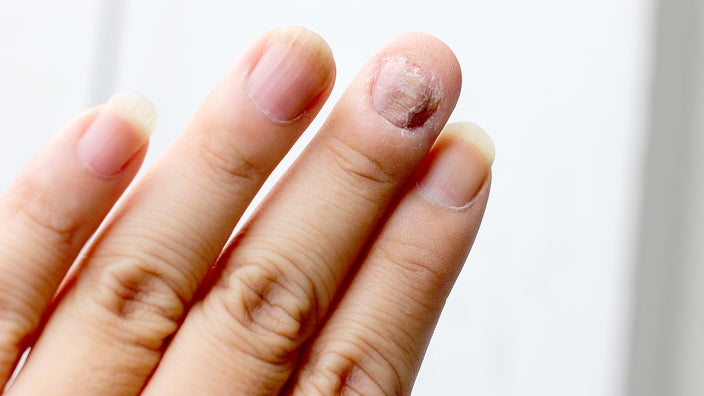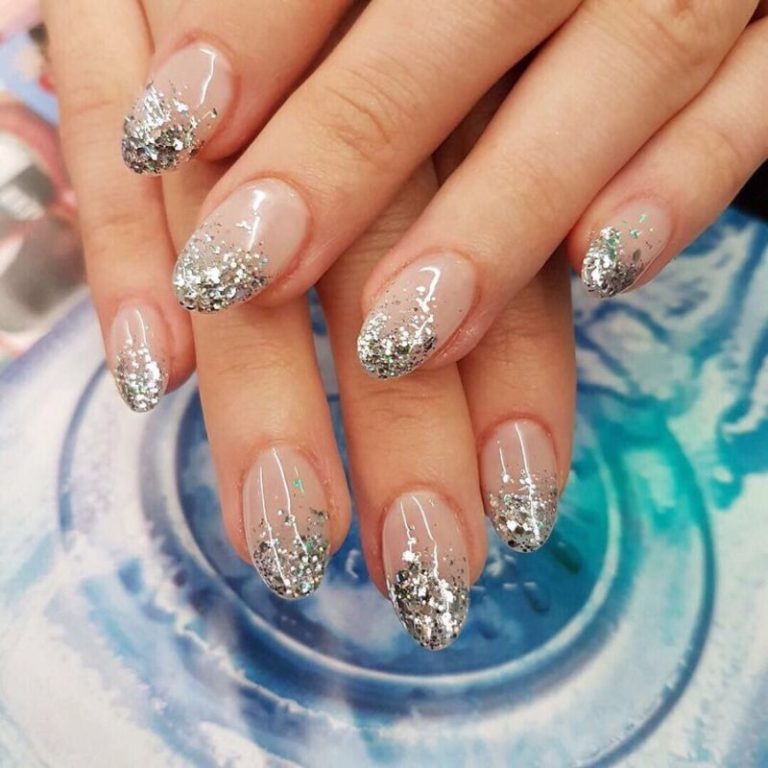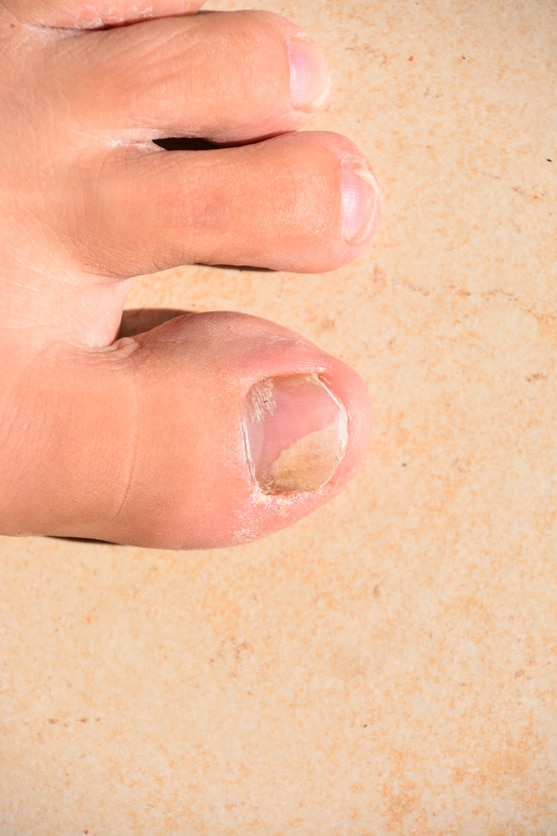Can You Paint Your Nails If You Have Fungus

Nail fungus affects millions, but a common question persists: Can you cover it up with nail polish? The answer isn't a simple yes or no, demanding immediate attention to potential risks.
This article cuts through the myths surrounding nail fungus and nail polish, providing critical information for those facing this common, yet often misunderstood, condition.
Understanding Nail Fungus
Onychomycosis, or nail fungus, is a common infection affecting the fingernails or toenails. It's caused by various types of fungi, leading to thickened, discolored, and brittle nails, according to the American Academy of Dermatology.
Symptoms range from mild discoloration to severe pain and discomfort. According to a study by the Journal of the American Academy of Dermatology, approximately 10% of the adult population suffers from onychomycosis.
Early detection and treatment are vital to prevent the infection from worsening or spreading.
The Dilemma: Polish or No Polish?
The primary concern with applying nail polish over a fungal infection is trapping moisture. Fungi thrive in moist environments, potentially exacerbating the infection and hindering treatment effectiveness.
Dr. Jane Smith, a board-certified dermatologist, warns, "Sealing the nail with polish creates a dark, damp environment that encourages fungal growth."
This makes the fungus harder to eradicate and potentially prolongs the treatment duration. However, there are conflicting opinions on the matter.
Arguments Against Nail Polish
Many medical professionals advise against using nail polish on infected nails. They highlight the risk of hindering topical antifungal treatments from reaching the nail bed, where the fungus resides.
Furthermore, some nail polishes contain chemicals that could irritate the infected nail, worsening the condition.
Removing nail polish often requires harsh chemicals like acetone, which can further weaken the already compromised nail.
Arguments For Nail Polish (With Precautions)
Some individuals might choose to use nail polish to conceal the unsightly appearance of infected nails, acknowledging potential risks. If this is the case, there are key precautions to take.
Use breathable nail polish, allowing for better air circulation. Always apply an antifungal treatment before applying any nail polish.
Limit the duration that the nail polish remains on the nail to allow the antifungal treatment to work effectively, suggests Dr. David Lee, a podiatrist specializing in fungal infections.
Choosing the Right Products
If opting to use nail polish, selecting the right products is crucial. Look for nail polishes specifically designed to be breathable and free from harsh chemicals.
Some manufacturers produce nail polishes infused with antifungal properties. These may offer a slightly safer alternative, but should not be used as a sole treatment.
Always read the labels carefully and consult with a healthcare professional before using any new product on an infected nail.
Treatment Options are Paramount
Regardless of whether you choose to use nail polish, actively treating the underlying fungal infection is essential. Over-the-counter antifungal creams and ointments are available for mild cases.
However, persistent or severe infections often require prescription-strength medications, either topical or oral. Oral medications are generally more effective for severe cases.
Laser therapy is another option, targeting the fungus with concentrated light, but its effectiveness varies.
When to See a Doctor
It is critical to consult a doctor or podiatrist if you suspect you have a nail fungal infection. Self-treating can sometimes delay proper diagnosis and potentially worsen the condition.
A doctor can accurately diagnose the type of fungus causing the infection and recommend the most appropriate treatment plan. This may include a nail clipping to confirm the diagnosis through a lab test.
Do not delay seeking medical advice, especially if you have diabetes or a weakened immune system, as these conditions can make fungal infections more difficult to treat.
Prevention is Key
Preventing nail fungus is always better than treating it. Keep your feet clean and dry, especially after showering or swimming.
Wear breathable socks and shoes, and avoid walking barefoot in public places like swimming pools and locker rooms. Always use clean nail clippers and files.
Do not share nail clippers, nail files, or shoes with others to avoid spreading fungal infections.
The Bottom Line
While concealing nail fungus with nail polish might seem like a quick fix, it's generally not recommended without precautions and proper treatment. The potential to worsen the infection outweighs the cosmetic benefit.
Prioritize treating the infection with appropriate antifungal medications and follow the advice of your healthcare provider. Remember, addressing the root cause is the most effective solution.
Ongoing research continues to explore new and improved treatments for nail fungus, offering hope for more effective and convenient solutions in the future.
